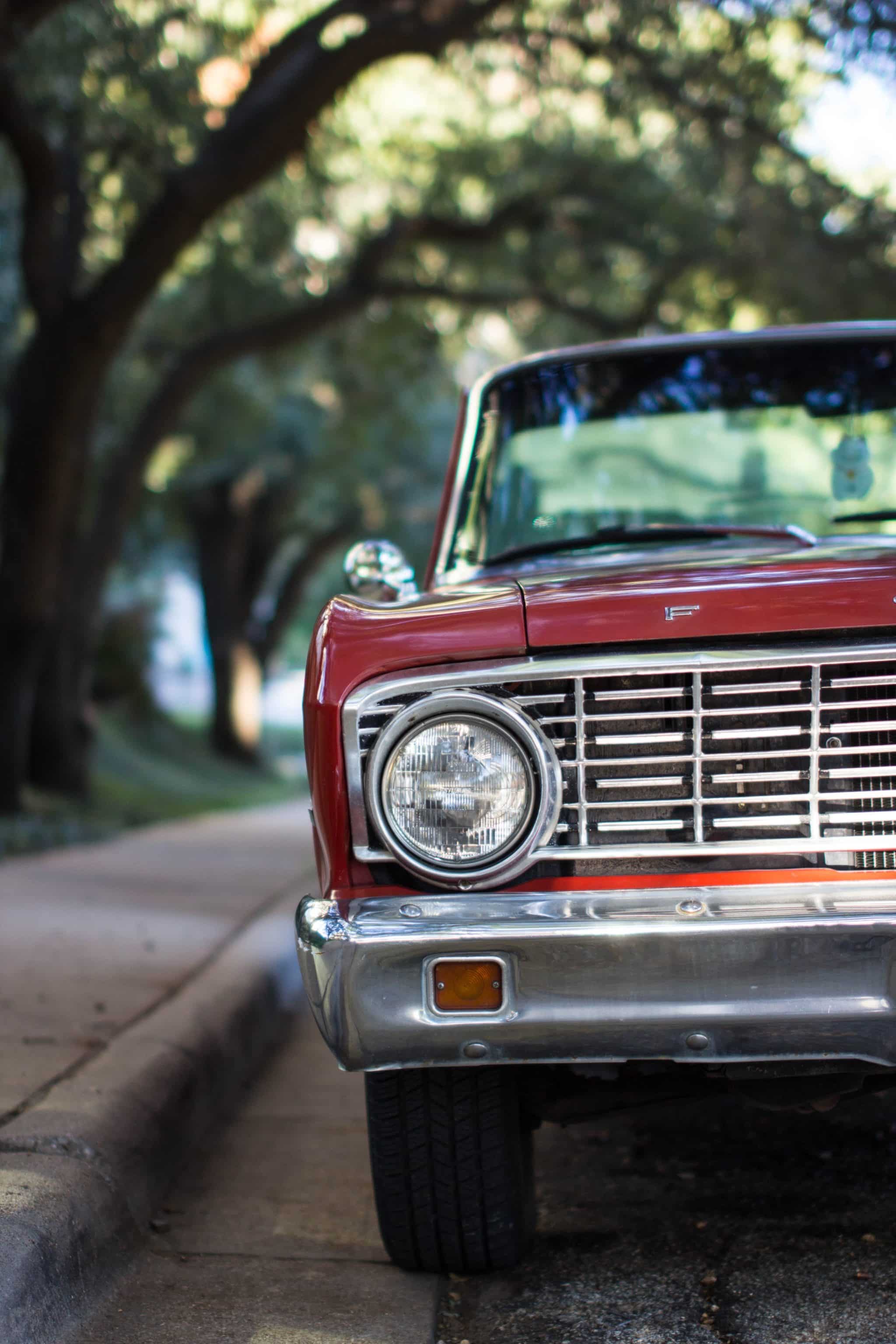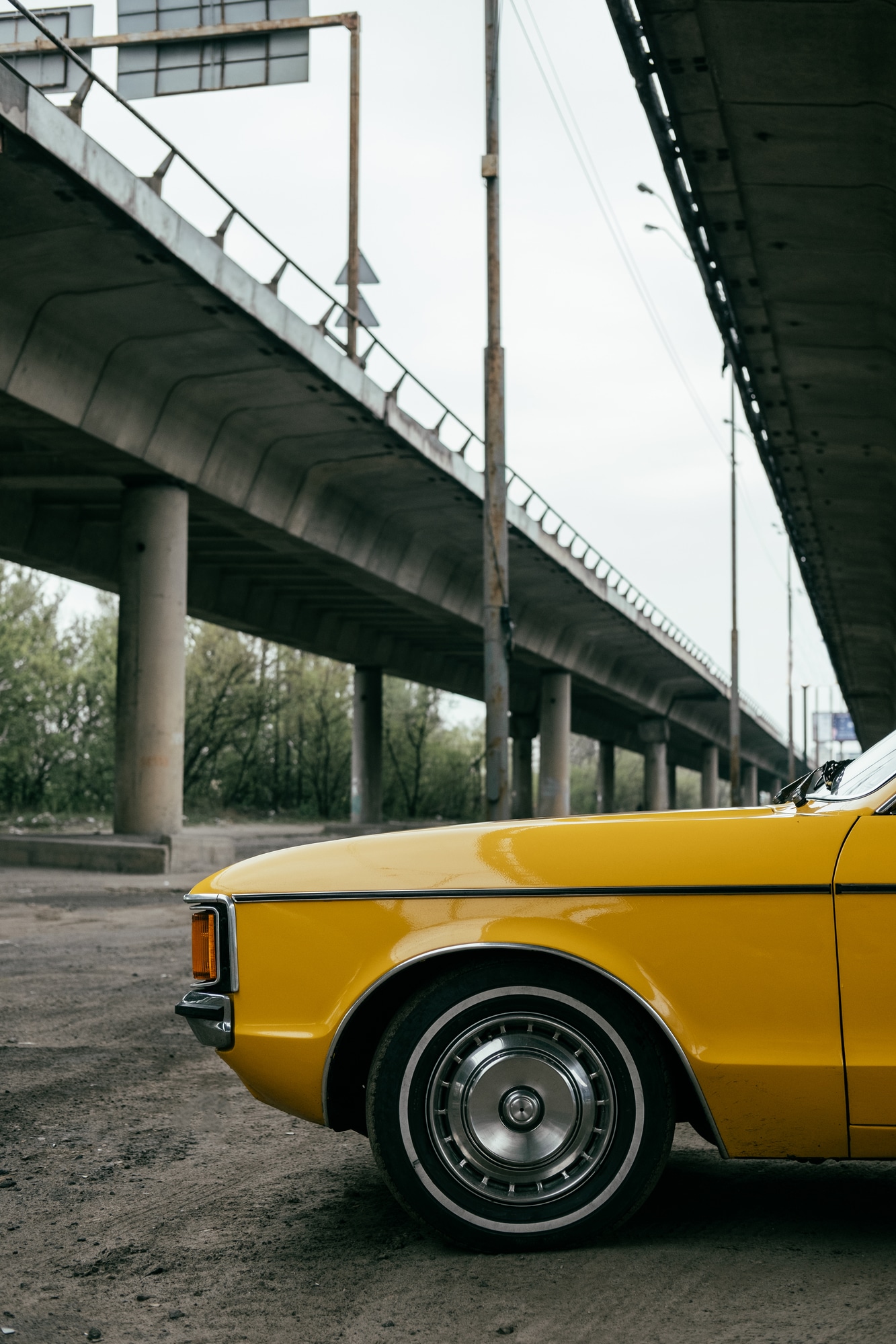Many of today’s car enthusiasts get a thrill out of owning a classic car. However, the purchase of such a vehicle can be fraught with risk, especially when a buyer doesn’t know what to look for. Here are a few useful tips to avoid driving home in the wrong classic.

Do Your Own Research
Due diligence may make the difference between buying a peach and ending up with a lemon. Before signing on the dotted line, make sure you’ve learned about the car you’re considering buying. Online resources are a great place to start when learning about a make or model’s common faults, and owners’ clubs are a wonderful source of information as well. By talking to others with similar vehicles, you’ll get a better idea of what to expect.
Assess the Vehicle’s Condition
The classic car owner community is divided into two groups as far as condition is concerned. Some buyers value originality over anything else, while others want fully restored vehicles with all the modern conveniences. While a traditionalist may focus on originality, you’re more likely to have success with a completely restored classic.

Check the Car’s Service History
Other than a physical inspection, it’s nearly impossible to get an indication of how well a vehicle has been kept. This is where a vehicle’s service records come in. Look for cars that have been serviced at or before the manufacturer’s recommended intervals.
If a vehicle has a spotty service history, the owner has likely been careless in other aspects. For instance, if the car is sitting on low-budget tires, the owner may have also cut corners on maintenance. Unfortunately, service histories are easy to embellish, so try to match up stated mileage and service dates with the information in a vehicle history report.
Look for Substandard Repairs
Everyone knows that accidents are part of life, and it’s hard to find a classic that hasn’t undergone a few repairs. When buying a classic car, it’s crucial to thoroughly examine the bodywork. If repairs have been done to a high standard, they’re harder to detect. However, poor-quality repairs are quite common in the classic car world.
When inspecting a car, check for consistency of body panel gaps and look for paint overspray on wheel wells and window glass, as these are common indicators of a shoddy repair. Rust bubbling up through the paint is another telltale sign. Viewing a vehicle in sunny daytime conditions will give you a fuller picture of its true condition.
Don’t Forget the Test Drive
With the prevalence of online shopping, it’s amazing how many people will buy cars without testing them first. However, the test drive is one of the most important steps in a classic car purchase. During that time, you may feel a bit out of your element, but try to pay attention to the signals the car is giving off.
Does the engine sound right, and does it provide consistent power? Is the suspension tight, and does the car steer smoothly? If the vehicle is equipped with a manual transmission, give it a little extra throttle in a higher gear. A malfunctioning clutch will cause the engine to rev higher with no additional acceleration. If it’s not possible to drive the vehicle, ask the owner to take you for a ride.
Don’t Go on Emotions Alone
This pitfall is common even among experienced car buyers. You find a car on webuyexotics.com, pay the owner a visit, and the vehicle is everything you dreamed of. As you get caught up in the excitement, you pay less attention to what the owner is saying about the car. Such a mistake can be disastrous.
When a classic car buyer gets attached to a vehicle before they’ve even bought it, their haste may lead them to disregard major faults and other problems. To avoid buying the wrong car, it’s best to take someone (preferably a mechanically inclined person) along for the ride.
Consider the Cost of Insurance Coverage
Somewhat surprisingly, insurance may be less expensive for antiques. There’s a big catch, though: To get those low rates, you can’t drive it very often. Special classic car policies typically come with lower premiums because these cars aren’t driven as much as everyday vehicles are.
Where insurance is concerned, there are numerous options based on the car’s value and the owner’s usage patterns. Even if you plan to use the car as a daily driver, it’s important to compare policy prices and options.
Understand the Availability and Cost of Replacement Parts
Working on a classic car is half the fun of owning one, but it’s easy to get in over your head. Parts for some of these cars can be quite rare and expensive. Before buying a classic, do some research on the availability and pricing of replacement parts.
Find a Repair Shop Before You Buy a Classic
Buying a classic car means that, unless you’re mechanically inclined, you’ll be at the mercy of a mechanic. When searching for your next ride, find a few local shops who can get the job done and learn about the technicians’ rates and experience.
Set Realistic Expectations
These days, it seems as if everyone’s on the ‘car flipping’ bandwagon. However, TV only tells half the story. While a well-maintained classic will increase in value, it doesn’t always happen fast enough for a profitable flip. Like stock trading, car flipping is better left to the pros. To avoid ending up in a money pit, simply buy something you like and hold on to it for a while.
A Few Closing Thoughts
In the end, luck will play a role in your classic car purchase no matter how prepared you’ve become. Older cars have their fair share of issues, and learning about these problems and potential fixes is part of the experience. It’s possible to find your dream car, and by following the tips in this guide, you’ll be less likely to end up with a lemon.
